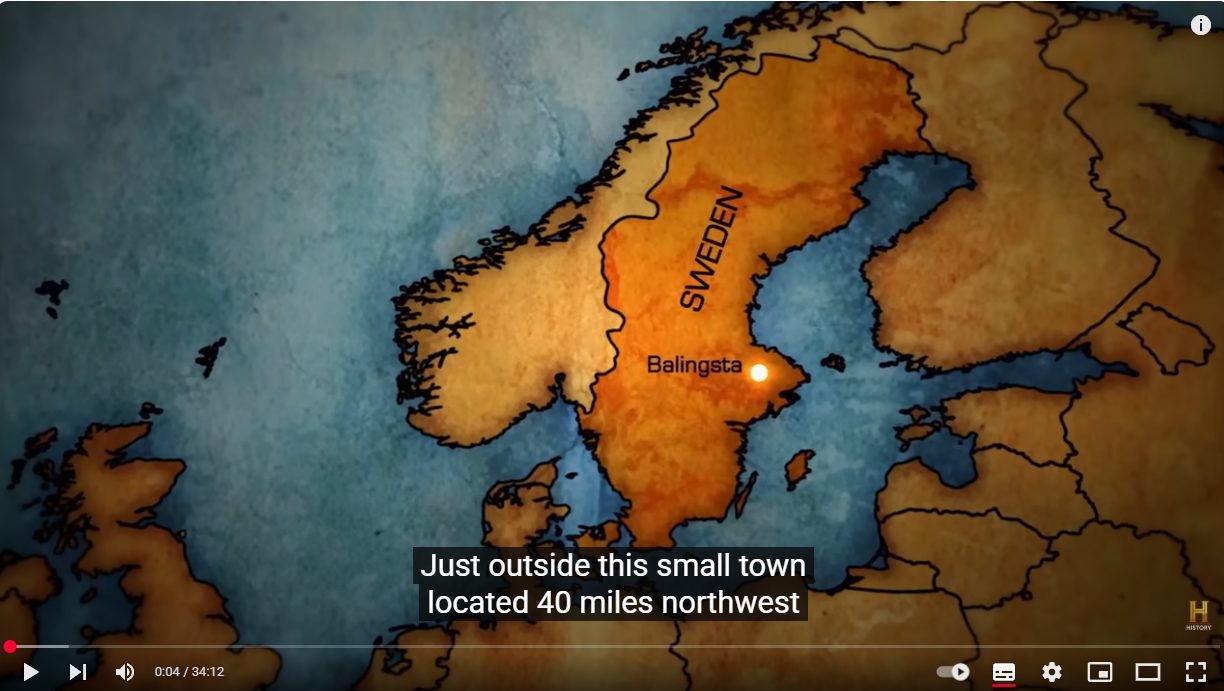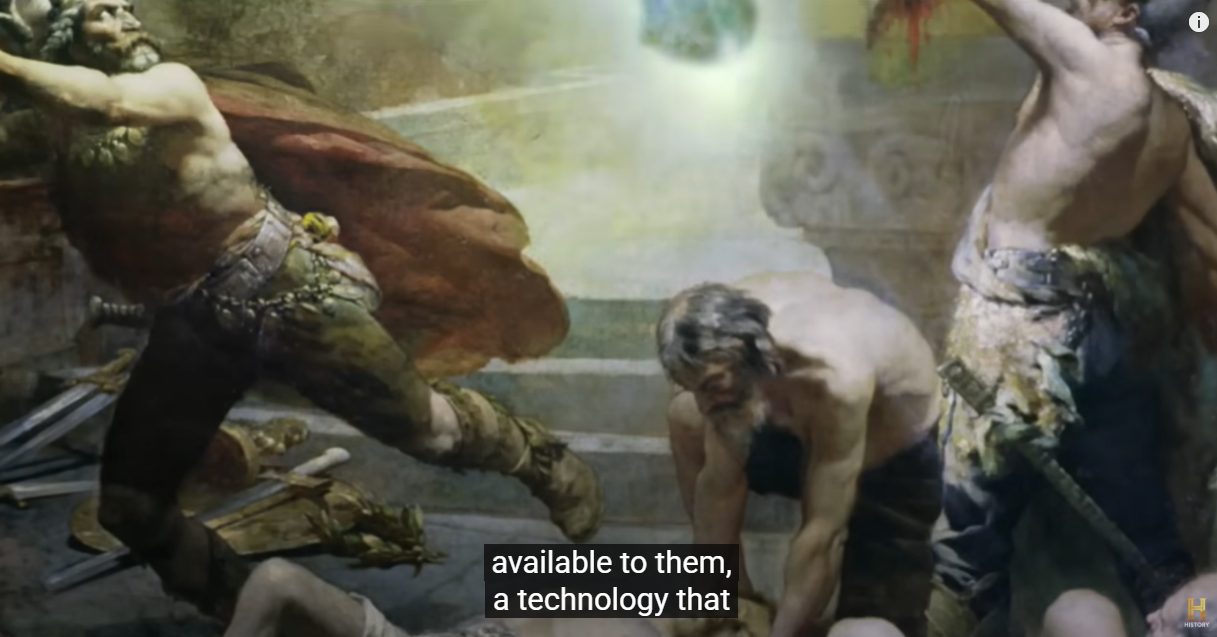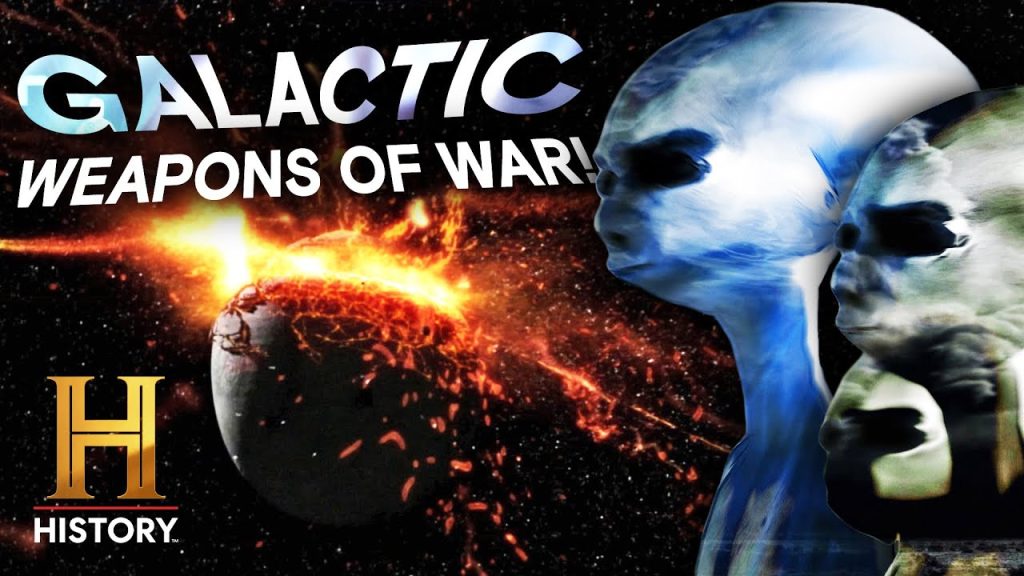**Explosive Weapons of War Unveiled: Ancient Myths or Advanced Technology?**

The revelations surrounding ancient weaponry and their potential ties to extraterrestrial technology have stirred a whirlwind of debate among historians, archaeologists, and scientists alike. The recent episode of “Ancient Aliens” has unveiled intriguing connections between legendary weapons of myth and modern-day military technology, challenging the boundaries of our understanding of history and weaponry.
At the forefront of this discussion is the Boksta Runestone in Sweden, an ancient relic depicting the Norse god Odin wielding his spear, Gungnir. Experts like Jason Martell suggest that Gungnir’s properties resemble those of contemporary precision-guided munitions, positing that Odin may have wielded a weapon akin to today’s laser-guided missiles. The implications are staggering: could ancient societies have possessed technology that rivals our own?

This theory extends to Thor’s hammer, Mjolnir, which was said to return to its owner after being thrown. David Childress notes that such characteristics could indicate a weapon that functions with sophisticated mechanics, drawing parallels to modern kinetic weapons—devices that deliver destructive force without explosive detonation.
The discourse on advanced weaponry isn’t confined to Norse mythology. In Japan, the legendary swordsmith Amakuni, who created revolutionary single-edged swords, is also discussed. His designs, considered groundbreaking in their time, raise questions about the influences that could have guided him, possibly suggesting interactions with advanced beings. This notion resonates with the idea that ancient artisans may have been recipients of knowledge from extraterrestrial sources.
The episode also explores ancient Greek inventions, such as Archimedes’ reputed death ray, which used sunlight to set enemy ships ablaze. This account, documented in historical texts, hints at a level of scientific understanding far ahead of its time, further supported by descriptions of powerful, god-like beings wielding cosmic weaponry across various cultures.

The narrative weaves through ancient Indian texts, specifically the Mahabharata, which describes weapons resembling modern-day projectiles and heat-seeking missiles. Scholars point to the detailed accounts of devastating weaponry, likening them to atomic weapons, suggesting that ancient civilizations may have encountered technology that we are only beginning to comprehend today.
Curiously, the episode raises the prospect of extraterrestrial involvement in these advanced technologies. The idea that gods and supernatural beings were, in fact, advanced extraterrestrial life forms continues to gain traction among ancient astronaut theorists. The notion that our ancestors may have misinterpreted advanced technology as divine influence underscores the need to reassess historical narratives through a modern lens.
Moreover, the discussion delves into the archaeological discoveries in Scotland, where ancient ruins exhibit signs of intense heat and vitrification—physical evidence that has baffled scientists. The possibility that these structures were subjected to ancient high-energy weaponry invites speculation about the existence of advanced civilizations in the distant past.

As we stand at the intersection of myth and potential history, the episode suggests a paradigm shift in how we view ancient cultures and their capabilities. If these ancient texts and archaeological findings hold true, they not only redefine our understanding of humanity’s past but also challenge the very fabric of our technological evolution.
In summary, the exploration of ancient weaponry as depicted in mythology raises profound questions about our history and the potential influences of advanced technologies on ancient civilizations. As researchers continue to investigate these claims, we may find that the line between mythology and reality is far more intricate than previously believed. The quest for understanding our past could reveal truths that reshape our perception of history, technology, and our place in the cosmos.




